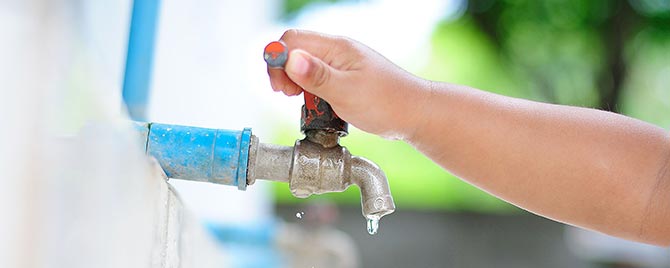Thousands of residential wells ran dry in California’s Central Valley region during the state’s years-long drought.
The cost to dig a new well with a new pump and equipment can be $19,000—$30,000 or more. It’s an expense out-of-range for most working-class families. Affected homeowners often live in fear that they’ll lose their homes.
“If you don’t have potable water at your house, your house can be condemned. A condemnation proceeding is grounds for defaulting on your mortgage, which is grounds for a foreclosure,” explains Jesse M. Keenan, a visiting scholar with the San Francisco Fed’s Community Development department.
Compounding the problem, banks and brokers won’t lend on an existing house that doesn’t have public water or a functional well.
One solution is bridge financing.
Bridge financing allows homeowners to take out a short-term loan to reconstruct wells, making homes habitable and also eligible for traditional financing again. Such a program was put in place as a partnership between Northern California Community Loan Fund, a local Community Development Financial Institution (CDFI), and Self-Help Housing. The state made grant dollars available to help homeowners construct new wells. While the program’s funds are almost tapped out, it serves as a promising model for other CDFIs.
For more details from a Community Development perspective, read our full Q&A with Jesse Keenan.
You may also want to read:
The views expressed here do not necessarily reflect the views of the management of the Federal Reserve Bank of San Francisco or of the Board of Governors of the Federal Reserve System.
